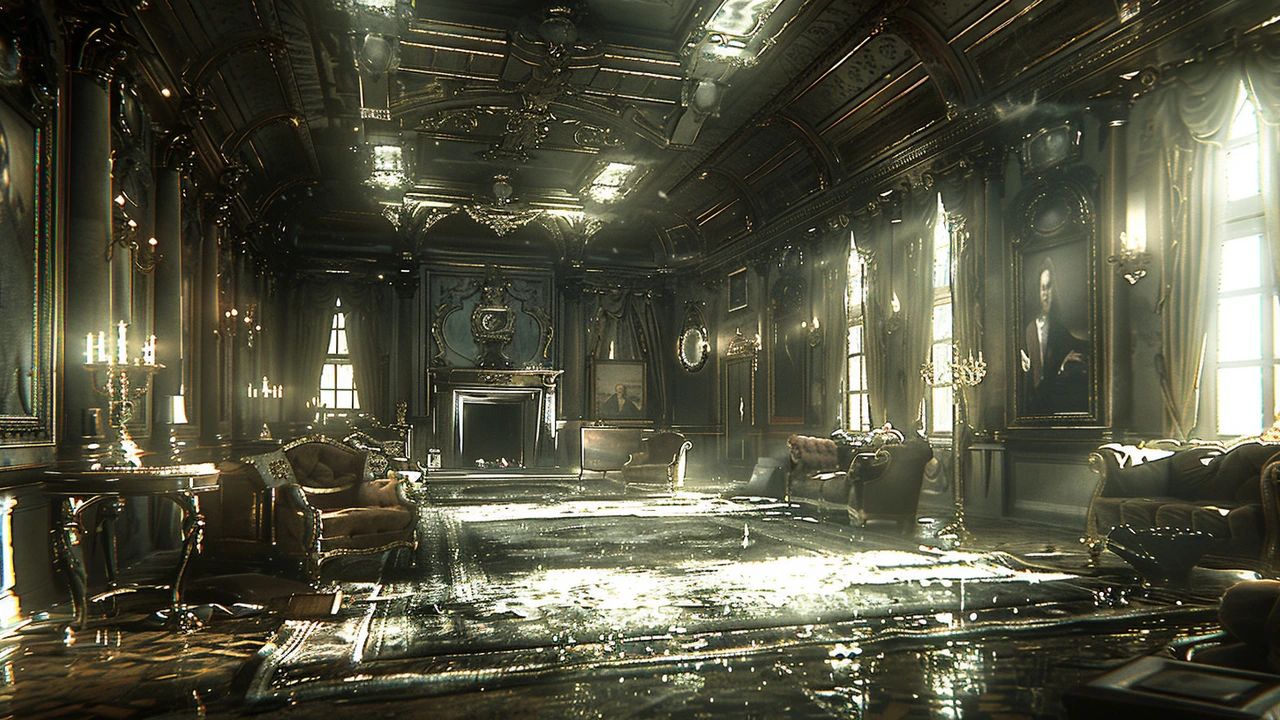Historical Roles that Define London’s Lifestyle Scene
Ever wonder why some places feel instantly iconic while others seem like hidden gems? The answer often lies in the role they played centuries ago. London’s streets, museums, and even quirky cafés are still echoing the jobs, trades, and events that gave them life. Understanding those historic roles helps you pick spots that aren’t just fun, but also meaningful.
From Transport to Tourism
Take the London Transport Museum, for example. Back in the 1800s, the city’s buses and tubes were lifelines for workers heading to factories and markets. Today, that same network becomes a playground for history buffs who want to see vintage trams and learn how commuting shaped the capital’s growth. When you walk through the exhibits, you’re not just looking at old tickets—you’re seeing the backbone of a city that powered the Industrial Revolution.
Another spot with a clear historic role is the Balloon Museum. Ballooning started as a scientific curiosity and later a means of communication during wars. The museum now turns that adventurous spirit into an interactive date idea, letting couples float over the story of early flight while they enjoy modern art installations.
Preserving Heritage in Modern Experiences
Even a simple coffee shop can carry a historic role. Many of London’s hidden cafés started as workers’ mess halls or tiny bakeries serving dockyard crews. Today, they’re tucked behind office blocks, offering a quiet escape for freelancers and students. Knowing that a latte is brewed in a space once filled with dockworkers’ chatter adds a layer of connection you wouldn’t get from a chain coffee shop.
Luxury hotels like the Four Seasons or the Royal National Hotel also have roots in historic hospitality. The Four Seasons occupies a building that once hosted diplomatic meetings in the early 1900s. Staying there is like stepping into a living timeline—elegant rooms paired with stories of political intrigue.
Even modern activities like axe throwing or rave rooms borrow from older traditions. Axe throwing echoes medieval training grounds where woodcutters honed their skill. Today, it’s a stress‑relief outlet for couples looking for something different. Rage rooms, on the other hand, channel the impulse to smash tools from the industrial age into a safe, therapeutic environment.
What this all means for you is simple: when you pick a spot, think about its original role. Was it a hub for workers, a place of scientific discovery, or a venue for elite gatherings? That backstory can turn a regular outing into a mini history lesson, making the experience richer and more memorable.
So next time you plan a weekend in London, scroll past the usual tourist checklist. Dive into places where history still has a voice—whether it’s a museum dedicated to transport, a boutique hotel with diplomatic roots, or a café that once served dock workers. You’ll get the same great vibe you’re after, plus a story you can share over a pint or a latte.
- Elara Markham
- May 1, 2024
- Comments 0

